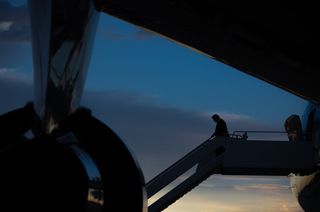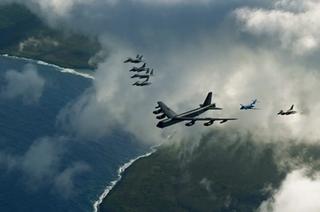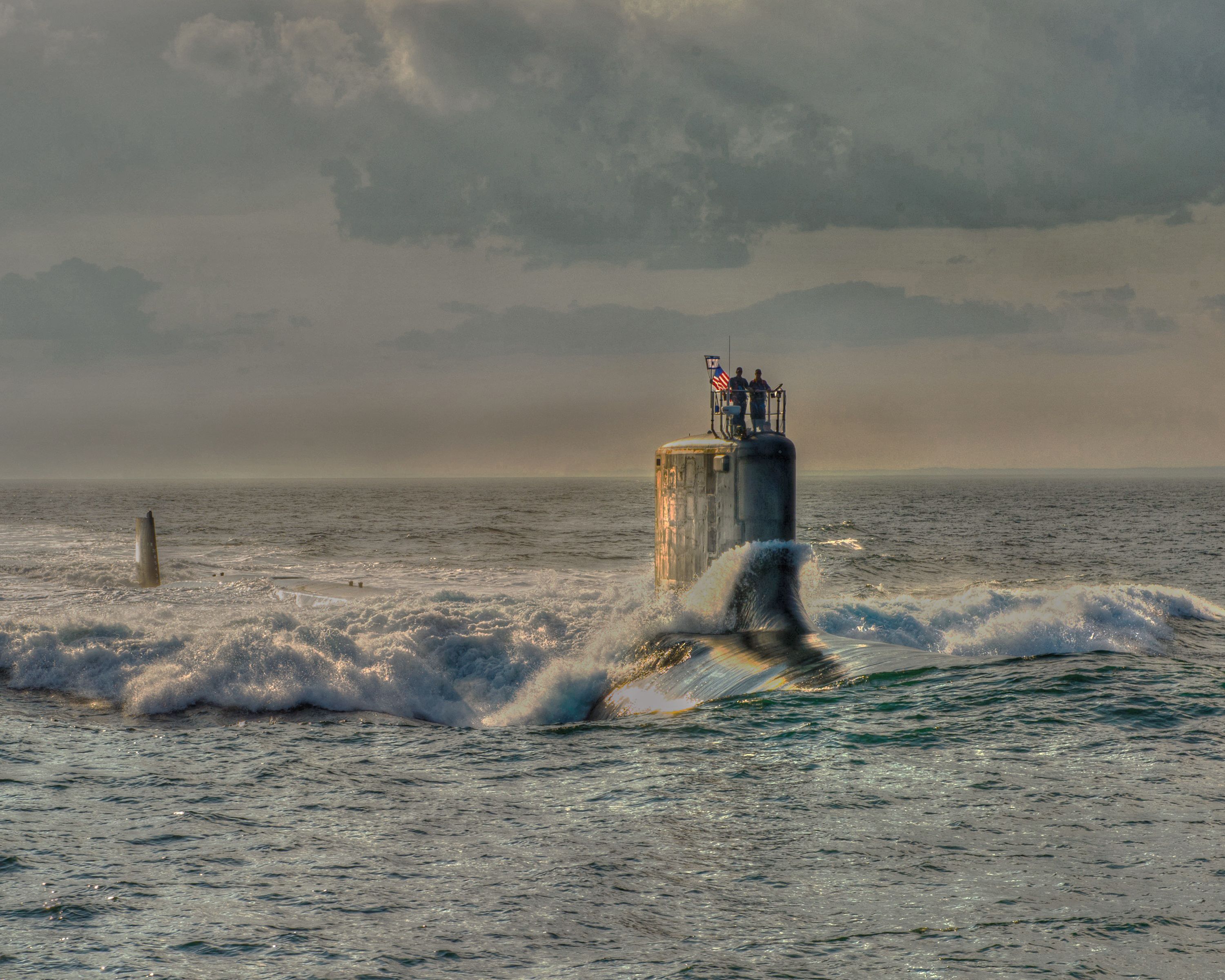Shortly after the Obama administration announced its “pivot to Asia” strategy in 2011, I was visited in Washington by a senior Australian Defence Department official who was about to meet his Pentagon counterpart. His plan was to ask the Pentagon what exactly its new pivot strategy meant with respect to Australian defence capabilities.
“And what will you say if they answer your question?” I asked.
“Why, I’ll tell them to mind their own damned business,” he replied, only half in jest.
In fact, the Pentagon did not have an answer, which was more concerning for Canberra than if it had.
The good news is that now the Pentagon has an answer to that question. And for Canberra that also may be the bad news.
Australia absolutely should make its own sovereign decisions on what capabilities are required to defend Australia and contribute as Australians always have to the security of the Indo-Pacific and the broader global order. And after his capricious tariff policy, President Donald Trump is probably the wrong messenger on defence spending since his entire discourse can be so transactional and zero sum.
But now there are two reasons that cannot be the last word. The first is the NATO summit that just concluded.
By the same token, Anthony Albanese was right to say that Australia’s level of defence effort should not be based on some random number but on the capabilities required to defend Australia.
But now there are two reasons that cannot be the last word.
The first is the NATO summit that just concluded. It was known for weeks that the NATO leaders would agree to a 5 per cent of GDP spending target on national security by 2035 (3.5 per cent on defence and 1.5 per cent on other security capabilities such as intelligence and infrastructure).
For some NATO members such as Canada, which is at about 1.3 per cent of GDP spending on defence, that will be a steep climb, but Prime Minister Mark Carney is fully on board. Others on the frontline with Russia, such as Poland, already are spending more than 4 per cent of GDP on defence and will easily meet the new NATO target.
Japanese Prime Minister Shigeru Ishiba skipped the NATO summit in part to avoid the topic of defence spending that Trump has threatened to link to negotiations over his 25 per cent tariff threat on Japanese car imports. But even before Trump’s demands on Japan, Ishiba’s government already had been making plans to increase Japan’s defence spending above its own 2 per cent of GDP target. The Ishiba government just did not want Trump to tell it to do so before a national election on July 20.
In short, while the NATO target is for a decade hence and Japan is still being coy, the trend of increased defence spending among all US allies is unmistakeable.
Australia, as readers will know, is at 2.1 per cent with a pledge to increase to 2.4 per cent by 2034, but with those increases beginning only in the out years.
The second and more important reason the debate will not die is China.
The second and more important reason the debate will not die is China. The defence spending debate should not really be about Trump or NATO but about the growing challenges confronting Australia in this region. Since the Australian government was warned in the 2023 Defence Strategic Review that the nation faces the most challenging strategic environment in decades, Beijing has only proven the point with defence spending increases of more than 7 per cent a year.
Chinese intentions also have become more menacing. The People’s Liberation Army-Navy taskforce that circumnavigated Australia in February was part of a broader theatre-wide campaign rehearsal that also involved simulated blockade of Taiwan, intercepts of US carrier battle groups near Guam, military thrusts into the Yellow Sea and South China Sea, and testing of long-range ballistic missiles capable of hitting US bases in Guam or targets in Australia.
As Leon Trotsky said: “You may not be interested in war but war is interested in you.”
So how should Australia respond to a world of increasing threats and increasing expectations of allied defence spending?
If Canberra seems half-hearted about shaping the strategic environment, then the Trump administration will feel more compelled to press.
First, the government will need to convey greater urgency about the threat. The discourse about China from Canberra is markedly subdued compared with what Washington hears from Japan about China or NATO countries about Russia.
If Canberra seems half-hearted about shaping the strategic environment, then the Trump administration will feel more compelled to press. Though the Democrats would have been much more polite about it, this would have been true were Kamala Harris president today.
Second, the government will need to articulate a holistic strategy on competing with China. The worst thing politically and strategically would be to fall into a defensive and reactive crouch towards the Trump administration with talking points about how much Australia is already doing as an excuse for not doing more.
To be sure, the critical contribution and risk Australia is accepting to support US forward military force posture should be part of the calculation. And Canberra would do well to push the Trump administration to step up its game in Southeast Asia and the Pacific where Beijing threatens to fill the vacuum created by cuts in US aid to outflank the US and its allies and “win without fighting”.
But these points need to be part of a compelling strategy that frames what else must be done to ensure that Beijing does not erode the current regional order or become tempted to use force against Taiwan.
Finally, there will be no avoiding a candid assessment of what resources need to be put against that strategy. Perhaps the answer will be to frontload more of the current defence spending increases that were announced for future years, particularly around urgent requirements such as munitions or integrated air and missile defence.
Part of the answer also may lie in a holistic assessment of national security efforts, to include development assistance and intelligence on the NATO model, though not to the exclusion of needed defence capability upgrades. And part of the solution may be to increase support for frontline victims of Chinese coercion, such as The Philippines and Taiwan, recognising that Australia does not have explicit treaties or security commitments to either but a major stake in their success.
Eventually, the Prime Minister will have a summit with Trump. The NATO summit was actually a big success for European allies of the US because they sold Trump on NATO. Albanese needs to sell Trump on the US-Australia alliance – not by saying: “I already gave at the office”, but by saying: “Here’s how we win!”




.jpg?rect=0,80,3000,1989&fp-x=0.5&fp-y=0.44772296905517583&w=320&h=212&fit=crop&crop=focalpoint&auto=format)

